Scientists say rust-colored water is spreading fast through untouched landscapes.
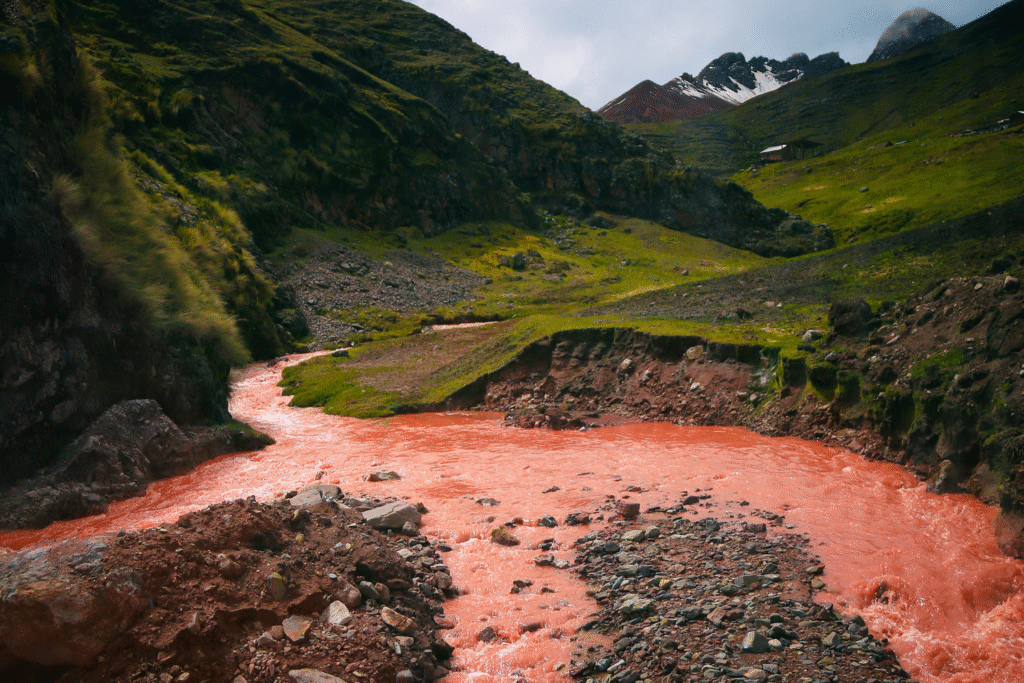
In Alaska’s remote backcountry, rivers once known for their icy clarity are now turning a startling orange. The change is happening across watersheds that had seemed untouchable, places far removed from development or industry. Researchers are tracking this shift closely, because it isn’t just cosmetic—it could upend entire ecosystems.
Communities, wildlife, and fisheries that rely on these waters are facing a new uncertainty. The culprit appears to be tied to thawing permafrost and chemical reactions deep underground. What’s flowing out isn’t simply mud, but a toxic mix reshaping food webs from the bottom up. The story begins with rust-colored water, but it doesn’t end there.
1. Entire stretches of rivers have turned a deep orange.
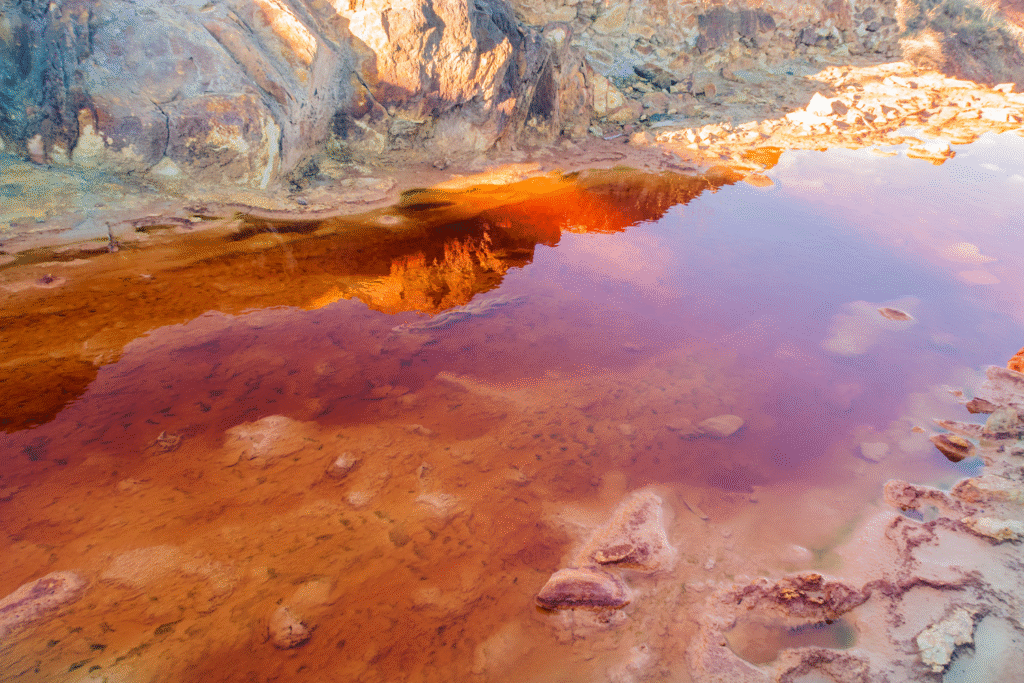
Scientists surveying Alaska’s Brooks Range in 2022 were stunned to find clear streams turned orange across dozens of sites. The discoloration is caused by iron and other metals released as thawing permafrost exposes mineral-rich bedrock. As reported by the U.S. Geological Survey, these metals oxidize in water, creating the rusty hue.
The scale is striking. Once isolated to a handful of creeks, orange waters now stain more than 70 streams and rivers. For those who know these places, the transformation is jarring. What used to shimmer blue-green now glows with the color of rust, sending a visual warning of deeper ecological changes at work.
2. Chemical tests reveal metals are spiking to dangerous levels.

Water samples taken from orange streams show elevated concentrations of iron, zinc, nickel, and copper. Some levels are high enough to threaten aquatic life, as discovered by research teams from the University of California and the U.S. Geological Survey. These metals accumulate in sediments and seep into food webs, disrupting fish reproduction and insect survival.
The rivers look like they’re bleeding minerals, and in a sense they are. For salmon and Arctic char, sensitive to even small shifts in water chemistry, the impact could be catastrophic. What appears to be a color change masks a toxic shift in the balance of life beneath the surface, reported by USGS.
3. Thawing permafrost is the trigger behind the crisis.
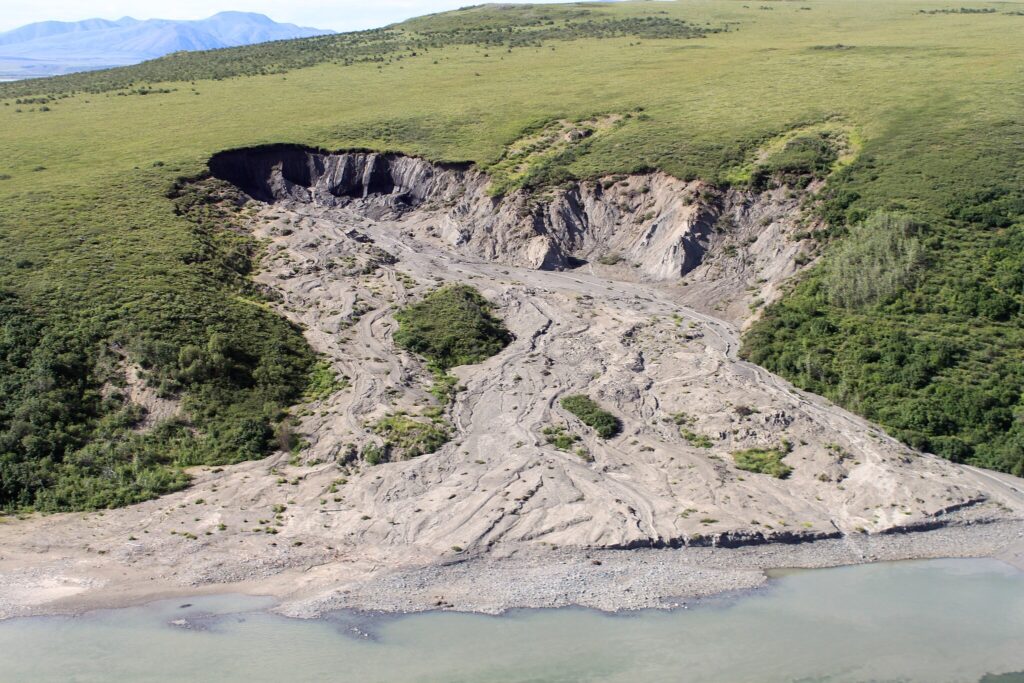
Researchers link the orange surge to permafrost melting under warming temperatures. According to a 2023 study in Communications Earth & Environment, thawing ground exposes sulfide-rich rocks that react with air and water, releasing metals into streams. The process mimics acid mine drainage but happens without a mine.
This natural chemistry, unleashed by climate change, underscores how warming penetrates even remote landscapes. It creates a feedback loop where permafrost collapse alters hydrology, and new pathways funnel mineral runoff directly into rivers. The orange waters are a visible reminder that thawing permafrost doesn’t just change land—it poisons water.
4. Fisheries are among the first to feel the impact.

Alaska’s rivers are lifelines for salmon, grayling, and char. Fish eggs and juveniles are especially sensitive to metal-rich environments. Early surveys suggest survival rates are dropping in orange stretches, though long-term studies are still unfolding. For communities that rely on salmon runs for food and economy, even subtle declines can be devastating.
Subsistence harvests anchor cultural traditions as much as diets. When rivers lose their ability to sustain healthy fish, the shock travels beyond biology. It hits livelihoods and identity, weaving disruption into the daily lives of those who have depended on these waters for generations.
5. Insects vanish first, leaving food webs hollowed out.

Macroinvertebrates like mayflies and stoneflies are the backbone of freshwater ecosystems. They are also early casualties of polluted streams. In orange rivers, surveys show insect diversity plummeting. Without them, fish lose critical food, and birds foraging along the banks feel the absence too.
The decline of tiny creatures may seem invisible, but its consequences cascade upward. The sudden silence where swarms once hovered hints at ecological collapse. Every missing insect magnifies the gap, turning rivers into sterile channels that can no longer support the vibrant chain of life they once did.
6. Drinking water supplies are threatened in rural villages.

Several small communities draw water directly from rivers now tinted orange. Even after basic filtration, high metal content lingers, creating health risks and forcing reliance on costly bottled water. For remote Alaskan towns, where resupply can take days, safe water is not guaranteed.
Residents describe the unsettling moment when tap water shifts hue, a visible reminder of changing climate playing out in their homes. Trust in water sources fades quickly, and with few alternatives, the problem becomes both environmental and social. Clean water, once assumed constant, suddenly feels fragile.
7. Infrastructure is not built to handle toxic runoff.
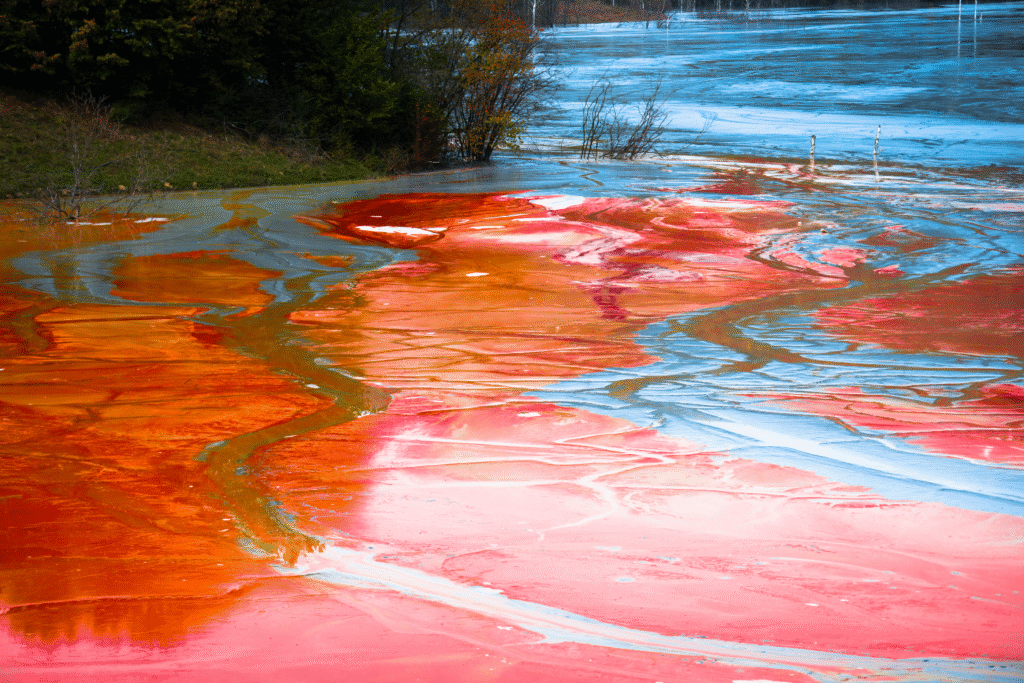
Pipelines, culverts, and water systems designed for pristine flow are now clogged with rust and sediment. Maintenance costs rise as metals accumulate inside pipes. Bridges spanning orange creeks corrode faster, threatening structural integrity. Remote areas lack the funding or capacity to retrofit for conditions that were unimaginable just decades ago.
The problem compounds as more rivers shift color. What once required localized fixes is becoming widespread. The strain on infrastructure is a reminder that climate impacts are not abstract—they corrode steel, block culverts, and strain budgets in places already stretched thin.
8. Indigenous communities carry the heaviest burdens.
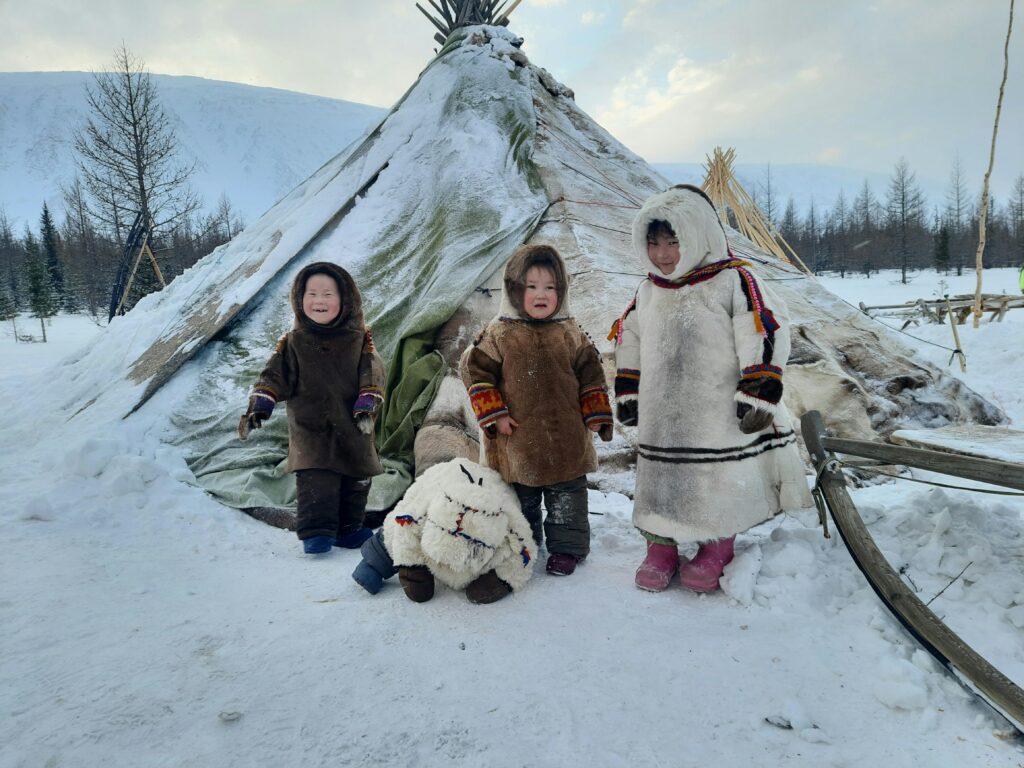
For Indigenous peoples of Alaska, rivers are not just resources but ancestral ties. Orange waters cut deep into those relationships. Reduced fish harvests, unsafe drinking water, and changes to traditional hunting grounds add layers of disruption. Elders say they’ve never seen rivers change so quickly, and the loss feels like a breach of continuity with the past.
The crisis raises questions about justice and adaptation. Communities least responsible for global emissions face the earliest and harshest consequences. Their voices are often underrepresented in policy decisions, even as their knowledge of the land could guide better responses.
9. Scientists say the orange spread is accelerating.
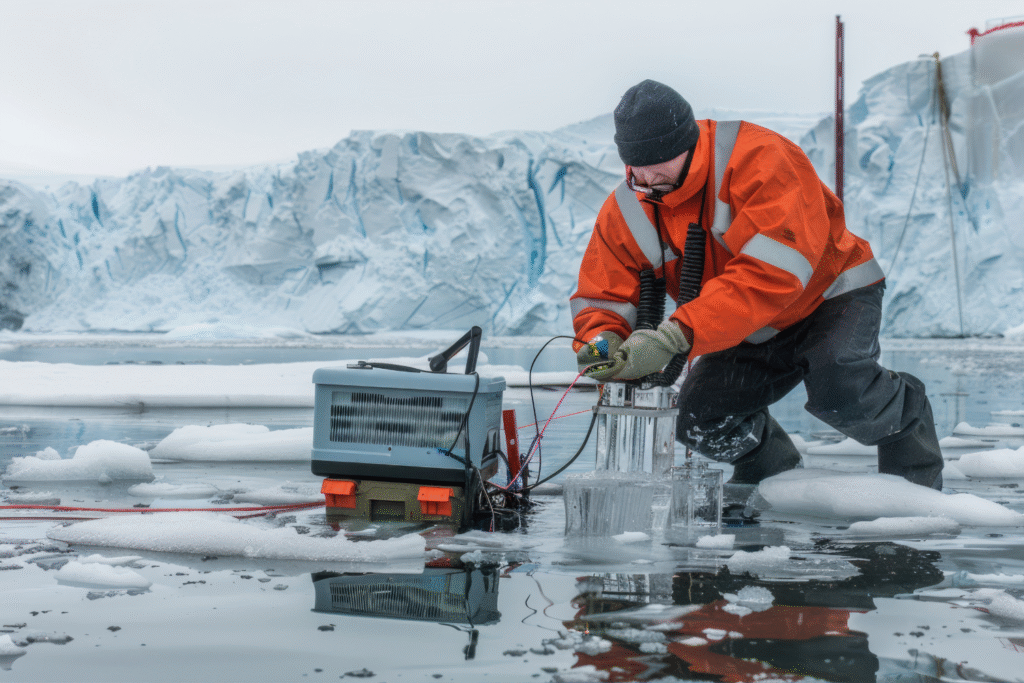
Surveys over the past five years show the pace of change quickening. Rivers that ran clear in 2018 are now stained orange, and the number of affected sites continues to climb. Researchers warn that warming trends will accelerate permafrost thaw, spreading the problem to new watersheds each season.
This acceleration complicates planning. By the time restoration strategies are devised for one watershed, another may already be compromised. Scientists emphasize that what’s happening in Alaska is likely a preview of shifts coming to other permafrost regions globally.
10. The rivers tell a story of climate’s hidden reach.
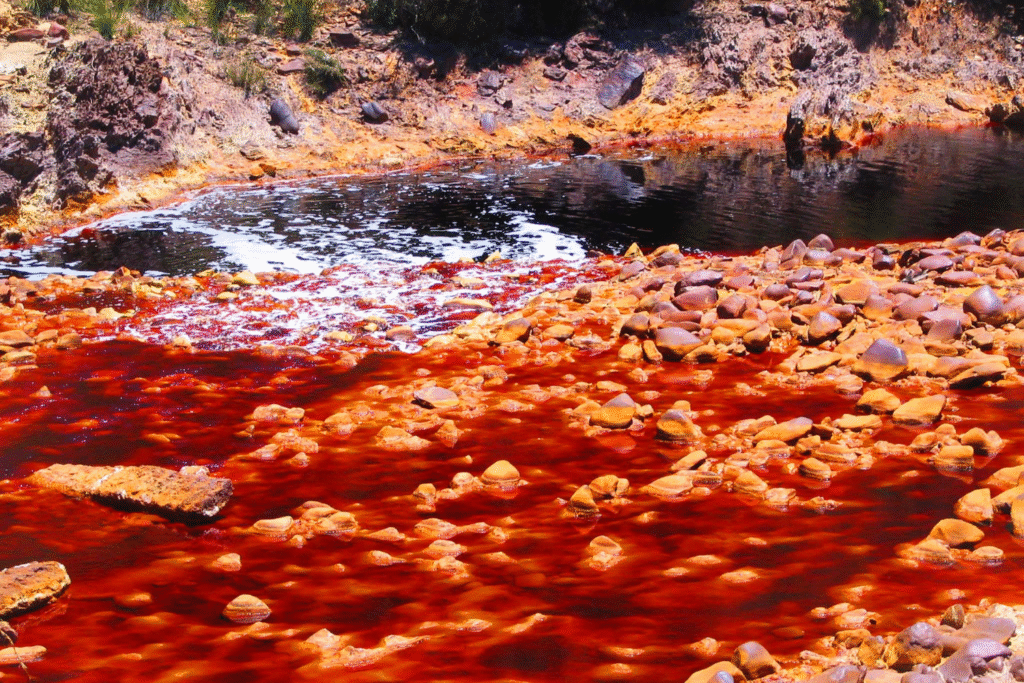
The spectacle of orange water makes climate change visible in ways data charts cannot. It’s a signal that hidden chemical processes are reshaping ecosystems far beyond human control. The color tells a story: what melts beneath the tundra doesn’t stay underground, it flows into the veins of the landscape.
For Alaskans, the rivers serve as both warning and witness. Their sudden transformation strips away illusions of untouched wilderness. What emerges is a stark truth—climate change is not waiting at the horizon. It is already flowing in the water.
